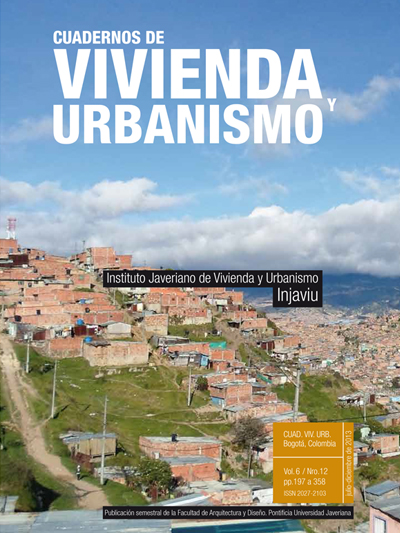Abstract
This document is intended to provide elements which link urban extension with growth planning and housing policy, taking as a case study the housing interventions developed in the city of Cordoba (Argentina) during the 2001-2008 period. The structure of the paper introduces the theoretical issues and analyzes the evolution of population growth in the city in three moments and their relationship to the sprawl of the urbanized land. Then, it presents the regulations and planning instruments, a brief characterization of the public housing policy and a description of residential peripheral interventions, urban densities and the actors who materialize them. Finally, it reflects on the limitations of urban growth planning and housing policies. In an urban context where regulation is weak and social gaps are broad, urban sprawl intensifies the inequality in access to land and calls into question the sustainability of the growth model.
This journal is registered under a Creative Commons Attribution 4.0 International Public License. Thus, this work may be reproduced, distributed, and publicly shared in digital format, as long as the names of the authors and Pontificia Universidad Javeriana are acknowledged. Others are allowed to quote, adapt, transform, auto-archive, republish, and create based on this material, for any purpose (even commercial ones), provided the authorship is duly acknowledged, a link to the original work is provided, and it is specified if changes have been made. Pontificia Universidad Javeriana does not hold the rights of published works and the authors are solely responsible for the contents of their works; they keep the moral, intellectual, privacy, and publicity rights.
Approving the intervention of the work (review, copy-editing, translation, layout) and the following outreach, are granted through an use license and not through an assignment of rights. This means the journal and Pontificia Universidad Javeriana cannot be held responsible for any ethical malpractice by the authors. As a consequence of the protection granted by the use license, the journal is not required to publish recantations or modify information already published, unless the errata stems from the editorial management process. Publishing contents in this journal does not generate royalties for contributors.


